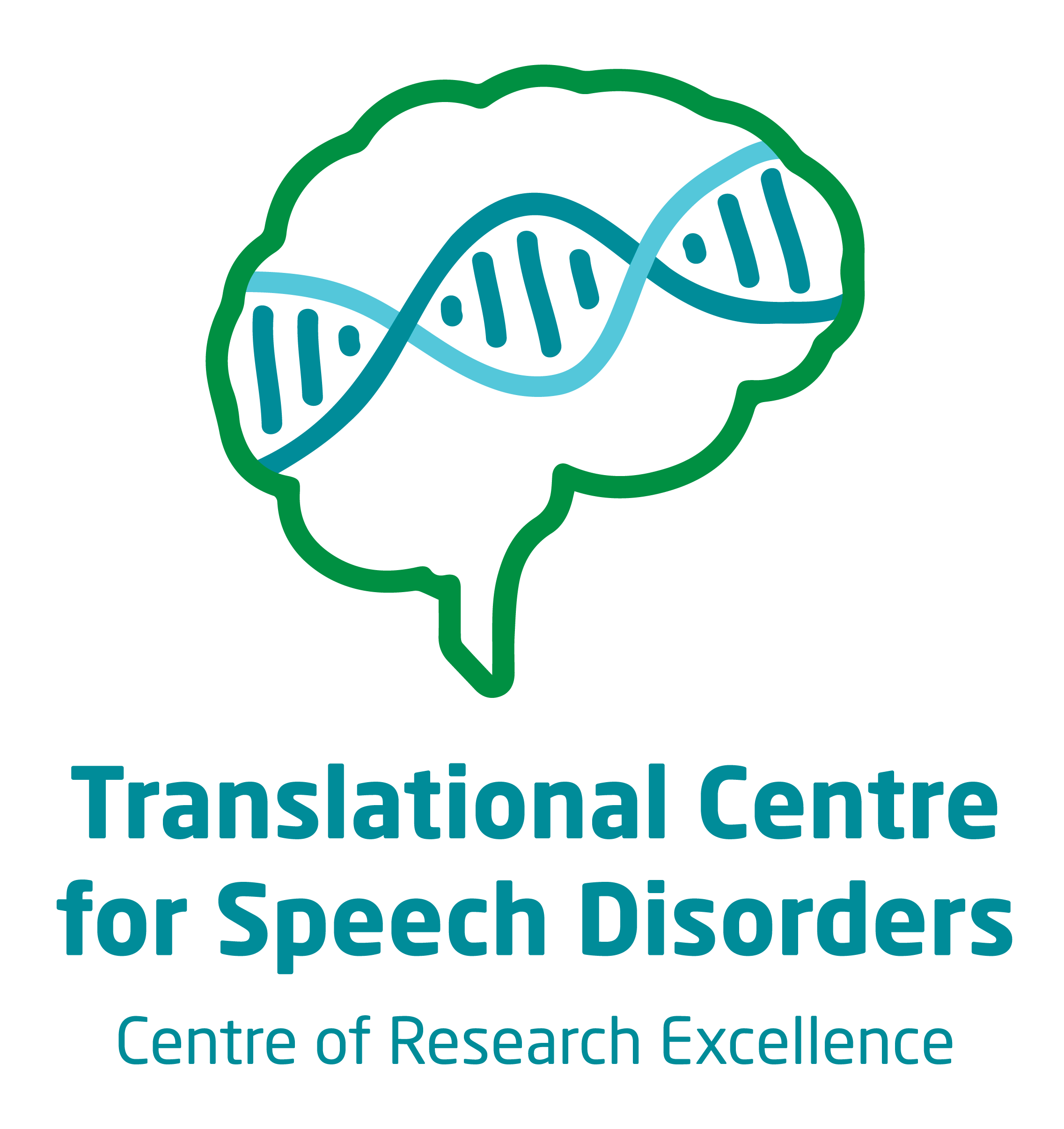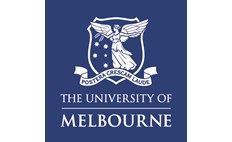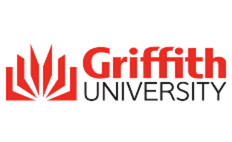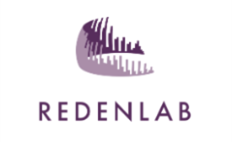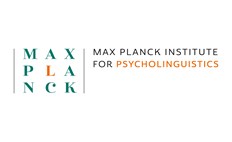Kleefstra syndrome
What is Kleefstra syndrome?
Kleefstra syndrome is a genetic condition caused by loss-of-function of the gene EHMT1 due to a 9q34.3 deletion (which includes EHMT1) or a point variant affecting EHMT1. EHMT1 is a gene that encodes for a protein called EHMT1 (euchromatic histone lysine methyltransferase 1) and is expressed in different tissues throughout the body. Consequently, when EHMT1 is impacted a range of health and developmental conditions can occur.1,2
Contact
For further information, do get in touch with the CRE Speech and Language team at:
Email: geneticsofspeech@mcri.edu.au
Phone: (03) 9936 6334
Frequently asked questions
The speech and language profile of Kleefstra syndrome varies greatly between individuals with Kleefstra syndrome.1 Individuals with Kleefstra syndrome with large deletions (>1Mb) impacting the EHMT1 gene tend to have more significant speech and language challenges, than individuals with smaller deletions (<1Mb) and point variants in EHMT1. Some individuals are non-speaking, whilst others use speech to communicate. Likewise, some individuals have severe receptive and receptive language disorder, and social communication difficulties, whilst other individuals do not have a language disorder or social communication difficulties. Almost all individuals with Kleefstra syndrome who speak have a speech disorder.3
The health conditions associated with Kleefstra syndrome include, but are not limited to: 2,3
- Cardiac condition, including patent foramen ovale, ventral septal defect and atrial septal defect
- Gastrointestinal conditions, commonly constipation and reflex
- Urogenital conditions
- Mild to severe hearing loss
- Vision impairment
- Epilepsy
- Sleep disturbances
- Mental health conditions, such as anxiety, depression and obsessive behaviours
Other neurodevelopmental conditions include: 2,3
- Autism spectrum disorder
- Intellectual disability
- Developmental coordination disorder
Most individuals say their first words after 18 months of age (39%), and most individuals learn to combine words to make short sentences at 4-5 years old (34%). Some individuals do not learn to speak into adulthood. Many individuals may remain at the level of using single words to communicate and not learn to combine words to create sentences (40%).3
Individuals who use speech to communicate often have one or more speech disorders. In childhood, childhood apraxia of speech and phonological impairments are common. Into adolescence and adulthood, dysarthric speech features can become more striking. Some individuals stutter. With the frequent occurrence of motor speech disorders (childhood apraxia of speech and dysarthria), intelligibility (ability to be understood by others) can be impacted.3
Several individuals with Kleefstra syndrome use communication aids/augmentative and alternative communication (AAC, e.g., sign language or assistive communication devices) to support speech or as an alternative to speech. Some individuals may only require AAC during early childhood, due to delayed speech development. Other individuals may require AAC into adulthood as speech disorders make their speech difficult to understand. Some individuals experience regression (loss of skills) in adolescence and adulthood which effects speech and language skills and have used AAC to support communication after this skill loss.3
Most individuals with Kleefstra syndrome attend specialist educational settings. Some individuals attend mainstream school settings with additional earning supports. There are some individuals (5/101 in one study), who attended tertiary education.3
There has been no research on speech, language and AAC interventions that are specifically designed for individuals with Kleefstra syndrome. Currently, interventions are specific to an individual’s needs and goals and require a speech pathologist/therapist to ensure that the current best-evidenced therapies are implemented.
Due to the high levels of speech disorder, hearing impairment, delayed speech milestones, presence of regression, and some individuals remaining non-speaking, many individuals with Kleefstra syndrome would likely benefit from AAC (e.g., sign language or assistive communication devices).
Likewise, evidence-based speech therapy to target specific speech disorder profiles (e.g., childhood apraxia of speech, dysarthria), may be appropriate for those individuals with speech disorders.4,5
Lastly, targeted literacy interventions (e.g., such as systematic, synthetic phonics) may be appropriate for some individuals.6
- The plain language summary of our research on Kleefstra syndrome is available here. A version in Portuguese, French and Spanish is available.
- For information on speech and language abilities and Kleefstra syndrome, please see our Kleefstra Fact Sheet.
- For information and support on Kleefstra syndrome: https://kleefstrasyndrome.org https://www.idefine.org/ https://idefine-europe.org/
- More information on dysarthria: Dysarthria Fact Sheet
- More information on CAS: CAS Fact Sheet
- More information on phonological disorder: Phonological Disorder Fact Sheet
- More information on AAC: AAC Fact Sheet
- Apraxia kids information support group: Support Group Website
References
- National Library of Medicine (2023). EHMT1 euchromatic histone lysine methyltransferase 1. Available at: https://www.ncbi.nlm.nih.gov/gene/79813
- Kleefstra, T., & de Leeuw, N. (2019). Kleefstra syndrome. GeneReviews. Available at: https://www.ncbi.nlm.nih.gov/books/NBK47079/
- Morison, L. D., Kennis, M.G.P., Rots, D., Bouman, A., Kummeling, J., Palmer, E.E., Vogel, A.P., Liégeois, F., Brignell, A., Srivastava, S., Frazier, Z., Milnes, D., Goel, H., Amor, D. J., Scheffer, I. E., Kleefstra, T., Morgan, A. T. (2024). Expanding the phenotype of Kleefstra syndrome: speech, language and cognition in 103 individuals. Journal of Medical Genetics, May 21;61(6):578-585. doi: 10.1136/jmg-2023-109702.
- Morgan, A. T., Murray, E., & Liegeois, F. J. (2018). Interventions for childhood apraxia of speech. Cochrane Database of Systematic Reviews, (5).
- Pennington, L., Parker, N. K., Kelly, H., & Miller, N. (2016). Speech therapy for children with dysarthria acquired before three years of age. Cochrane Database of Systematic Reviews, (7).
- Dessemontet, R. S., de Chambrier, A. F., Martinet, C., Meuli, N., & Linder, A. L. (2021). Effects of a phonics-based intervention on the reading skills of students with intellectual disability. Research in Developmental Disabilities, 111, 103883.

